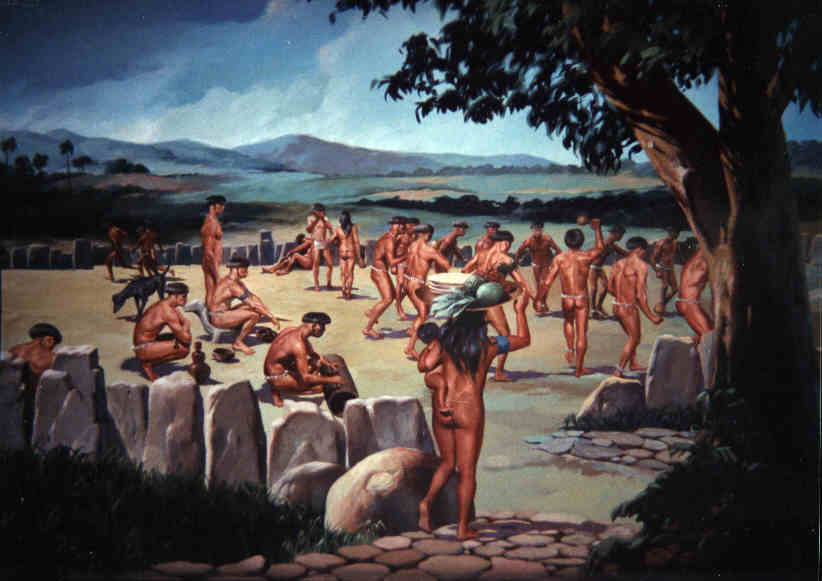1- Music of the Cuban aborigines.

The Cuban aborigines had music, instruments, dances, and songs. Unfortunately, little of these Cuban artistic expressions has survived to this day.
The musical perception we have today of the pre-Columbian inhabitants of Cuba (called aborigines, indigenous people, or incorrectly Indians) comes to us through the accounts of the conquistadors, called Chroniclers of the Indies, and is therefore colored by the European-Christian vision of them.
According to the information provided by the Chronicles of the Indies, we can learn about the ceremonies where dance and music appeared: “Thus we find them to pray for military victory or war dances; the funeral ones, to ask for the happiness of the dead; the nuptial ones, praying for the happiness of the spouses, those of thanksgiving for good harvests and those of prayer to ask for rain, good hunting, abundance of harvested fruits or other benefits of nature, among which are the ceremony of yucca and corn.”1
Fernández de Oviedo collects some significant aspects of the content of the songs:
“…in their singing they tell their memories and past stories and in these songs they relate how the past chieftains died, and how many and which ones there were, and other things that they do not want to be forgotten. Sometimes those guides or dance masters change; and changing the tone and the contrapás they continue with the same story, or tell another (if the first one ended), in the same or another tone.” 2
Cuban aboriginal music constituted a means of magical-religious communication; the aborigines aspired to dialogue with invisible forces to facilitate the achievement of their magical purposes.
1 Luis Alfaro Salazar and Antonio J. Vargas. Prehistory of Venezuela, page 210.
http://www.monografias.com/trabajos17/musica-danza-aborigenes/musica-danza-aborigenes.shtml
2 Oviedo. General and Natural History of the Indies, Volume I, pages 127-128.








